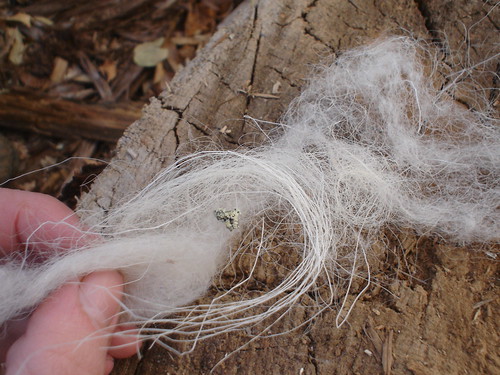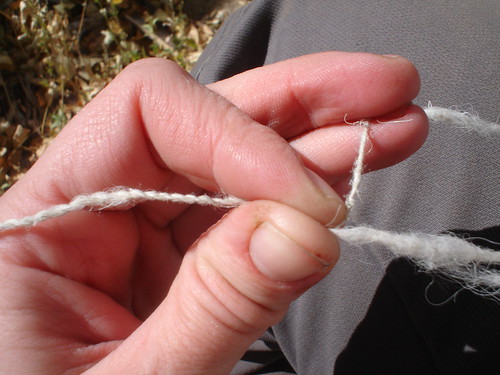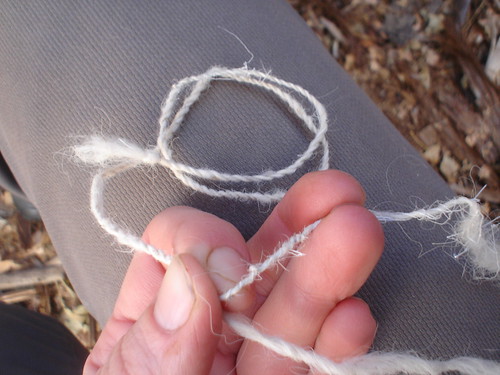Post by FOTH on Sept 19, 2011 13:15:13 GMT -6
Survival Cordage
If we ever find ourselves in an extended wilderness survival situation, it will be important to be able to make cordage--string, twine, rope--from materials that we find readily available. Sure, we can and should plan on carrying paracord, snare wire, etc, but you never know when you might find yourself in a situation where you end up seperated from your gear, and needing something to lash together branches for a shelter, make snares, or attach things to an improvised pack frame.
There are so many raw materials that can be used to make a sturdy cordage, depending on your region of the country, and now would be a good time to practice this valuable skill. Milkweed, nettle, dogbane and yucca are some of the best cordage plants in my area, but there are some interesting non-plant options as well. Here is one I experimented with this past summer:
In July I found and gathered a bunch of mountain goat hair and wool on some of the high ridges around here, and recently began making cordage out of some of it.

Here is one of the goats, a young one; you can see a strand of wool stuck to its horn on the left.

The pile of wool I collected one day on a ridge at 13,000’ elevation. There was quite a bit of lichen and dirt in the wool, which had to be cleaned out. Some of the strands I found stuck to boulders where the goats had rubbed as they passed, but much of it was in an area of small, gravel-like rock where it was obvious the goats had spent a good bit of time lying and rolling around to shed the old wool.

Here you can see the difference between the coarse outer hair, and the finer wool.

Starting out......

Almost done...

Finished coil of goat-hair cordage.
This cordage is quite sturdy and fairly stretchy, as the fibers are pretty long, and it could have a multitude of potential uses.
_________________________
OK. What are some of the best plant or other fiber sources for cordage in YOUR region?


